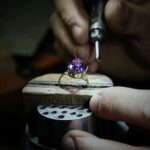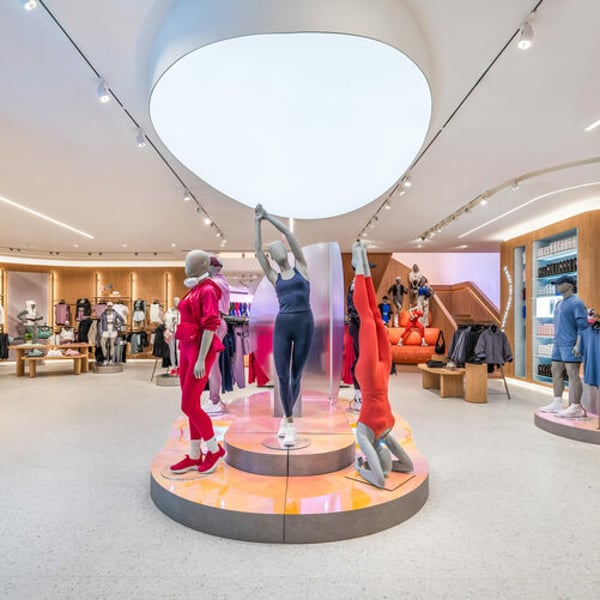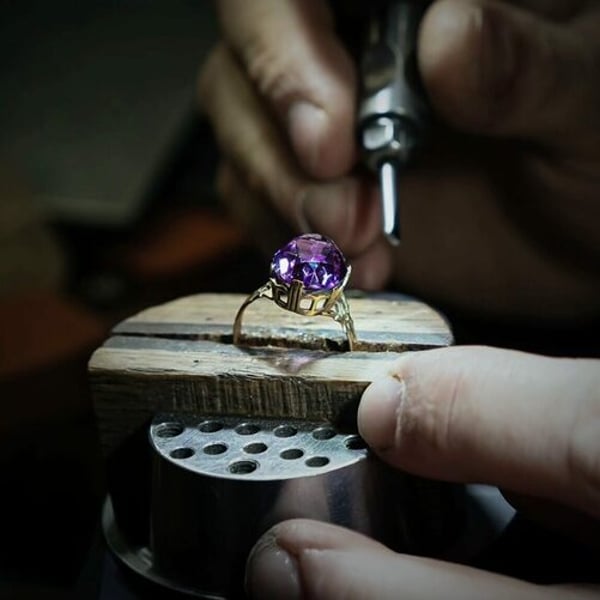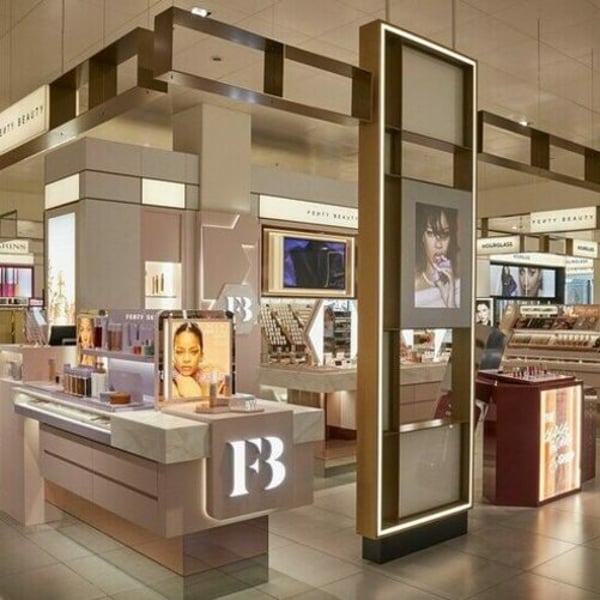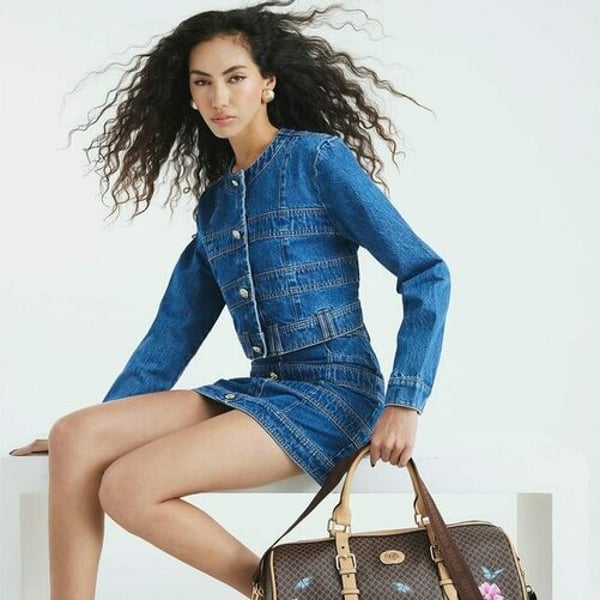By
Bloomberg
Published
August 11, 2025
It’s not you, it’s me. That isn’t the reaction from companies seeing cheaper versions of what they sell- but it should be. When it comes to fakes and dupes, of everything from Lululemon Athletica Inc. leggings to Dior handbags, imitations are most threatening when the real thing isn’t delivering.
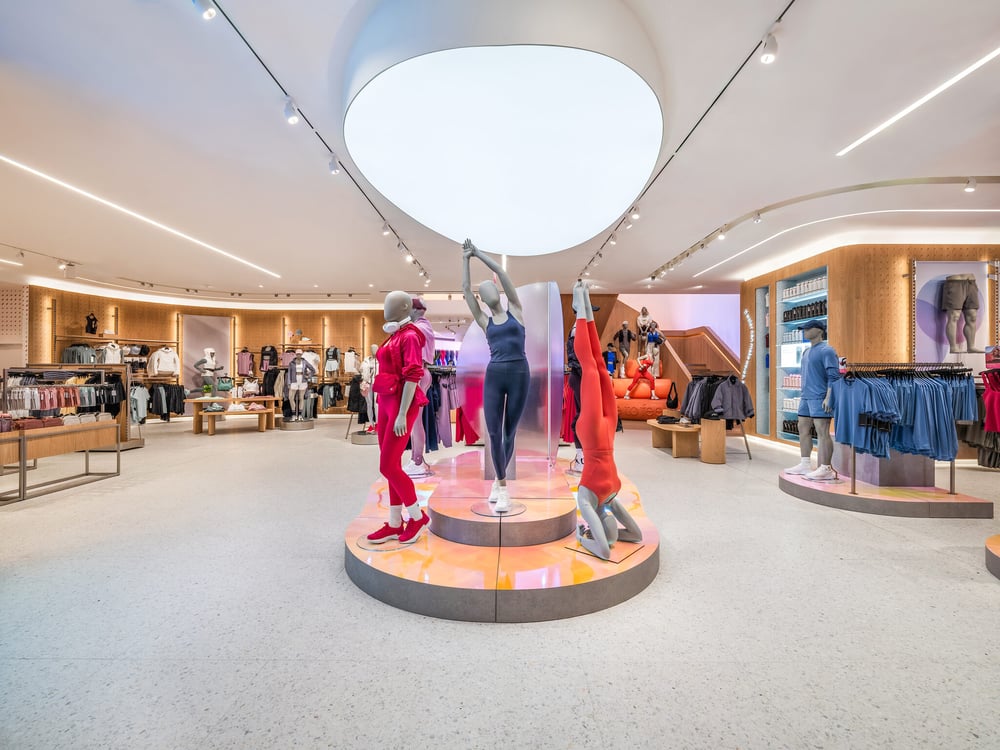
The best defence, particularly in the luxury sector, is to ensure that the provenance of products is impeccable and that they are giving people a sense of value for money, Bloomberg opined.
Value is a tricky concept to pin down. I think of it roughly as the feeling of getting more than the amount one paid. Right now, that’s in short supply. The average price of a basket of iconic luxury products in France rose by 54% between 2019 and the end of 2024, according to analysts at HSBC.
Meanwhile, US tariffs threaten to elevate the cost of clothing and cosmetics. Such an environment has opened the way for dupes and fakes. This has been thrown into sharp relief by Lululemon accusing Costco Wholesale Corp. of copying its designs in a lawsuit filed in June.
The first thing to know is that dupes and fakes are different. Fakes are counterfeits, usually with an identifiable label or logo, making them easier to challenge in court. The big problem with fakes is tracking down those responsible. They’re particularly pernicious too as they fund organised crime and exploit vulnerable workers.
The escalating cost of genuine luxury goods has also allowed illicit manufacturers to raise their prices, enabling them to invest in better production capabilities. This has led to the rise of so-called “super-fakes,” which are almost indistinguishable from what they’re copying.
When it comes to dupes, the picture is more complicated. They don’t pretend to the be real thing; instead they offer a similar but cheaper version. This is what the Lululemon and Costco case is about.
Fashion has always looked for more affordable takes on the hottest items. But more explicit dupes have been legitimised by TikTok influencers focused on saving money. Brands cracking down now face a delicate balance between protecting their intellectual property and alienating consumers. Calling out a copy cat can also give them oxygen. Mentions of Costco specifically alongside Lululemon have risen by 130% this year, according to Launchmetrics, which tracks social media data.
Legally, dupes are complex. They don’t have a recognisable logo or symbol that can be challenged. Professor Susan Scafidi, founder and director of the Fashion Law Institute at Fordham Law School, told me that under US law, while there is protection for copyright, patents and trademarks, there is no separate category for design rights, as in Europe. Consequently, Lululemon is pushing under the US legal framework to find a way to protect the actual three dimensional shape of its garments, for example highlighting specific design features such as the placement of seamlines in its jackets and men’s ABC Pant. The case could have broader implications for dupe culture. Costco declined to comment and has not filed a response.
Lululemon has been at the forefront of brand protection, for example suing Peloton Interactive Inc. in 2021 over a line of workout clothes that Lululemon said copied its proprietary designs. The two parties settled out of court a year later.
But Lululemon is also under pressure from nimbler rivals such as Alo Yoga and Vuori, as well as changing fashion tastes, which have seen women swap leggings for looser-fitting styles and casual wear inspired more by pajamas than pilates. Analysts have pointed to an increase in discounting at the retailer. Little wonder it’s keen to crack down on imitators.
The Canadian company’s position could not be more different to that of Hermes International SCA, whose iconic Birkin bag has sparked a raft of dupes.
While Chief Executive Officer Axel Dumas told analysts in February that copies of the Birkin were “quite detestable,” he also acknowledged that it was “quite touching” to see social media posts saying “we respect Hermes, we can’t afford it. But in the meantime I feel like dreaming about it.”
Indeed, dupes don’t seem to have dented demand for the coveted accessory. A bag that bore an uncanny resemblance to a Birkin was briefly for sale on Walmart’s website in December for $78. Dubbed the “Wirkin,” it quickly sold out. More recently, Philadelphia designer Jen Risk has created the “Boatkin,” the love child of the Birkin and L.L. Bean’s iconic canvas Boat and Tote.
Yet in the first half of this year, Hermes’ leather goods and saddlery sales, of which so-called “quota bags” account for about 60%, according to analysts at Bernstein, outperformed most rivals. The sale of Jane Birkin’s original bag for $10 million only adds to the allure. Hermes has also taken legal action to protect its intellectual property in the past.
There’s a lesson to be learned from Birkin’s multifaceted appeal. Not only is it notoriously hard to get hold of, but it is hand made in Hermes’ workshops in France.
Such supply chain integrity is a crucial weapon in fighting fakes. It also underlines why issues such as cashmere maker Loro Piana being placed under court supervision in Italy for alleged poor working practices are so damaging. Sister house Dior faced a similar action last year. These kinds of scandals encourage consumers to question what they’re actually paying for. And they make it easier for Chinese factories to claim that they manufacture the goods, even though most luxury items are made in Europe.
LVMH Moet Hennessy Louis Vuitton SE Chief Financial Officer Cecile Cabanis told investors last month that the company, which owns Loro Piana and Dior, had already stepped up checks on manufacturers and would intensify scrutiny of suppliers.
But LVMH and the broader industry must be more vigilant. Because if consumers can’t count on their luxury bag being made the right way, why not save thousands of dollars and buy a super-fake?
